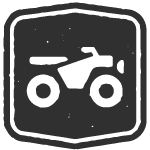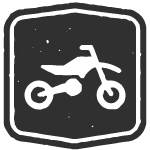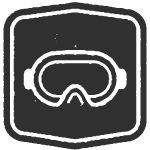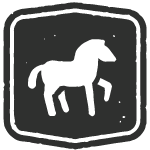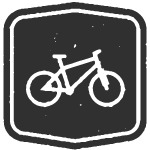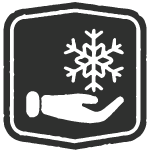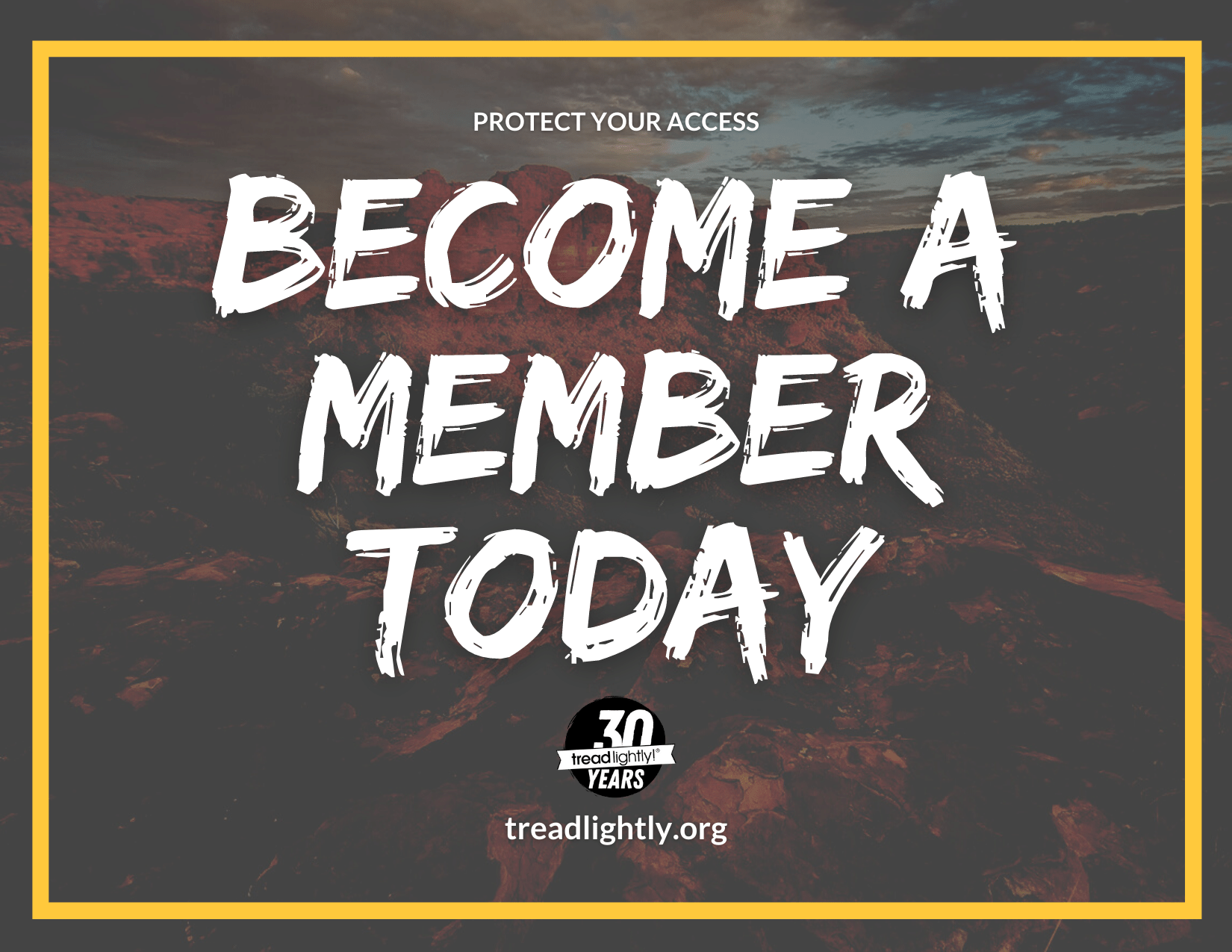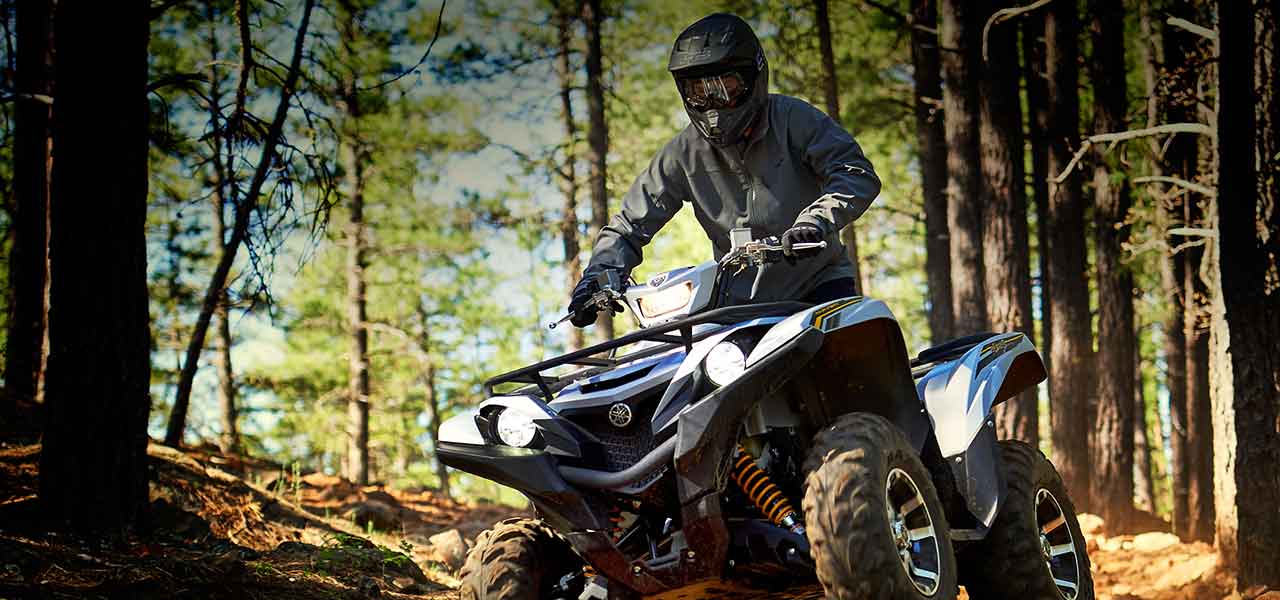
Sharing Our Trails

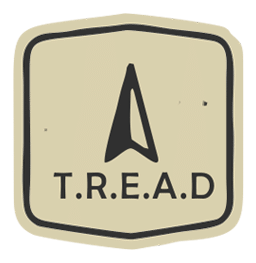
Minimize your impact by traveling only in areas open to four-wheel drive vehicles. Learn more about our RIDE ON campaign.
In many parts of the country, trails are open to and shared by equestrians, OHV riders, bicycle riders, runners and hikers. Trail sharing can and does work when people respect each other and work cooperatively to keep each other safe.
While it is important for people to respect each other on the trail, it is important to remember that equestrians are dealing not only with other trail enthusiasts’ personalities, they also are working with horses whose temperaments are as individual as our own. Horses’ natural instincts can influence their behaviors and affect the way they react to circumstances encountered on the trail.
For these reasons, it is important that equestrians know their horses well enough that they are confident they will be able to control them when they encounter other trail enthusiasts who are allowed on the trail.
Conversely, OHV riders, bicycle riders, runners and hikers must understand that “equestrian only” trails must be respected for the safety of both the horse and rider. These trails offer the opportunity for horsemen to acclimate their horses to basic trail conditions without encountering “unknown threats” that can trigger the horse’s natural instinct of flight.
When young or inexperienced horses encounter new conditions on the trail like OHVs, bicycles, runners and hikers, and even certain scents, the flight response can end with disastrous results for the horse and/or rider.
When equestrians on well-trained horses and other responsible trail enthusiasts meet each other on the trail, the encounters can be enjoyable social exchanges if the groups understand how to work together to keep the encounters safe.
GUIDELINES FOR ALL TRAIL ENTHUSIASTS:
COMMON COURTESY:
- Respect all trail restrictions and use only trails open to your mode of transportation.
- Be considerate of others on the road or trail.
- When traveling on shared-use trails, continually watch for other types of recreationists.
- Slow down when sight lines are poor.
- Keep speeds low around other recreationists.
- Keep noise and dust down.
- Keep your ears open – no ear buds for an MP3.
- Listening to headphones or ear buds can make it difficult to hear and communicate with other recreationists. In some areas, it is illegal to operate vehicles or bikes with both ears covered.
- Keep pets under control. Some trails require dogs to be leashed.
- Be familiar with local rules.
YIELDING:
- Yield the right of way to those passing you from behind or traveling uphill.
- Motorized vehicles yield to mountain bikes, runners, hikers and horses.
- Mountain bikes yield to runners, hikers and horses.
- Runners and hikers yield to horses.
GUIDELINES FOR EQUESTRIANS ON SHARED TRAILS:
- Be sure you can control your horse and it has been exposed to other trail recreational uses before riding on shared-use trails.
- Cooperate with local OHV and bicycle riders to expose your horse to vehicles in a gradual manner and in a safe environment.
- Be alert and aware of the presence of other trail enthusiasts. If possible, pull to the side of the trail when you hear OHVs or bicycles.
- At trailheads or staging areas, park vehicles and secure horses in a manner that provides a safe distance between the horses and passing traffic.
- Be prepared to let other trail enthusiasts know what needs to be done to keep you, the horse and other trail enthusiasts safe when you meet on the trail.
- Less experienced horses and riders should ride behind more “trail-wise” horses and riders.
- If you are “ponying” a horse, go slow and never take a loose horse on the trail.
GUIDELINES FOR OHV RIDERS WHEN ENCOUNTERING HORSES ON THE TRAIL:
- Pull to the side of the trail far enough for horses to pass safely as soon as you see them.
- Pull to the downhill side of the trail if possible since horses tend to perceive unknown threats on the uphill side as predators.
- Shut off your motor as soon as possible and remove your helmet. The horse will be more likely to recognize you as a human.
- Speak to the rider and horse in a friendly, relaxed tone.
- When approaching horses from behind, stop, call ahead and make yourself known to the rider. Ask them if it is OK to pass and the best way to do so.
- Horsemen may pull to the side of the trail a safe distance if they hear an OHV approaching, but this does not necessarily mean it is safe for you to ride by. Stop and wait for instructions from the horseman.
- Ask the horseman how he/she would like to proceed.
- The horseman will know his/her horse and how the horse reacts to other trail enthusiasts.
- The horseman may ask you to stay put and ride past you.
- The horseman may ride to the side of the trail and ask you to ride or push past them.
- If you ride by a horse, keep your rpm’s low and steady and your sound as low as possible. Sudden movements or sounds can startle horses.
- Be alert, aware and on guard for oncoming traffic.
GUIDELINES FOR BICYCLISTS WHEN ENCOUNTERING HORSES ON THE TRAIL:
- Pull to the side of the trail far enough for horses to pass safely as soon as you see them.
- Pull to the downhill side of the trail if possible since horses tend to perceive unknown threats on the uphill side as predators.
- Speak to the rider and horse in a friendly, relaxed tone. Remove your helmet if it conceals part of your face. The horse will be more likely to recognize you as a human.
- When approaching horses from behind, stop, call ahead and make yourself known to the rider.
- Ask them if it is OK to pass and the best way to do so.
- Horsemen may pull to the side of the trail a safe distance if they hear a bicycle approaching but this does not necessarily mean it is safe for you to ride by. Stop and wait for instructions from the horseman.
- Ask the horseman how he/she would like to proceed.
- The horseman will know his/her horse and how the horse reacts to other trail enthusiasts.
- The horseman may ask you to stay put and ride past you.
- The horseman may ride to the side of the trail and ask you to ride or push past them.
- If you ride by a horse, do so at a slow, steady pace and avoid making any sudden movements or sounds that might startle the horse.
- Be alert, aware and on guard for oncoming traffic.
GUIDELINES FOR OTHER NON-MOTORIZED RECREATIONISTS WHEN ENCOUNTERING HORSES ON THE TRAIL:
- Hikers and trail runners should always stop and step to the side of the trail when they meet horses on the trail.
- Step to the downhill side of the trail. Speak to the rider and horse in a friendly, relaxed tone.
- Keep pets under control.





